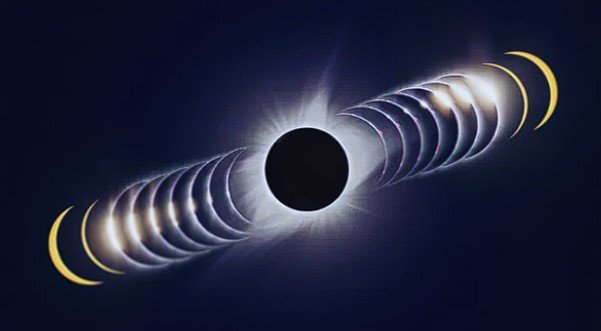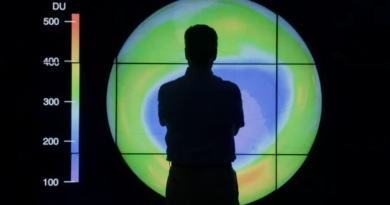April 8 Total Solar Eclipse: Your Comprehensive Guide

Prepare for an extraordinary cosmic event, from viewing tips to historical significance.
On April 8 a total solar eclipse graces the skies over North America. Millions across 15 U.S. states are poised to witness this celestial spectacle, as the moon’s shadow traverses the continent, casting areas into temporary darkness.
Understanding the Phenomenon:
What exactly is a total solar eclipse? It occurs when the moon positions itself directly between Earth and the sun, obscuring the sun’s face and creating a captivating shadow play on our planet. While the moon regularly passes in front of the sun during its new moon phase, the precise alignment necessary for a total solar eclipse is a rare occurrence.
Path of Totality and Viewing Locations:
The path of totality, spanning approximately 115 miles in width and stretching over 10,000 miles in length, starts in Sinaloa, Mexico, then journeys through 15 U.S. states before reaching the Canadian provinces of Ontario, Quebec, New Brunswick, Nova Scotia, Prince Edward Island, and Newfoundland. Within this path, lucky observers will experience the total phase of the eclipse, while the rest of the contiguous United States will witness a partial eclipse.
Safety Precautions:
Safety is paramount when observing a solar eclipse. Protective eyewear, such as ISO-certified solar eclipse glasses, is essential during the partial phases to prevent permanent eye damage. Only during totality is it safe to view the eclipse without protection, but this brief window is exclusive to those within the path of totality.
Timing and Duration:
The timing of the eclipse varies across different locations, with totality beginning at 9:51 a.m. local time in Mazatlán, Sinaloa, and ending at 5:16 p.m. local time near Newfoundland and Labrador. Cities like Dallas, Little Rock, and Buffalo will experience totality at specific times, providing enthusiasts with a narrow window to witness this awe-inspiring event.
Phenomena During Totality:
During totality, expect a surreal transformation of the environment. Temperature drops, disappearing low-level clouds, shadow bands, and Bailey’s beads are just some of the phenomena to anticipate. As darkness envelops the landscape, stars and planets may emerge, while animals may exhibit nocturnal behaviors. Witness the sun’s corona in all its glory before totality concludes, and daylight gradually returns.
Cloudy Skies and Alternative Viewing:
In the event of cloudy skies, various eclipse phenomena may still be visible, offering a unique viewing experience. While total solar eclipses aren’t uncommon, their visibility from populated areas, especially across North America, is a rarity. The next total solar eclipse visible in North America is slated for March 30, 2033, with parts of Alaska enjoying totality.
Don’t Miss Out:
Don’t miss this extraordinary celestial event on April 8, as nature puts on a breathtaking show for all to behold. Prepare yourself for a once-in-a-lifetime experience as the moon dances in front of the sun, creating a mesmerizing display of light and shadow across the North American sky.







